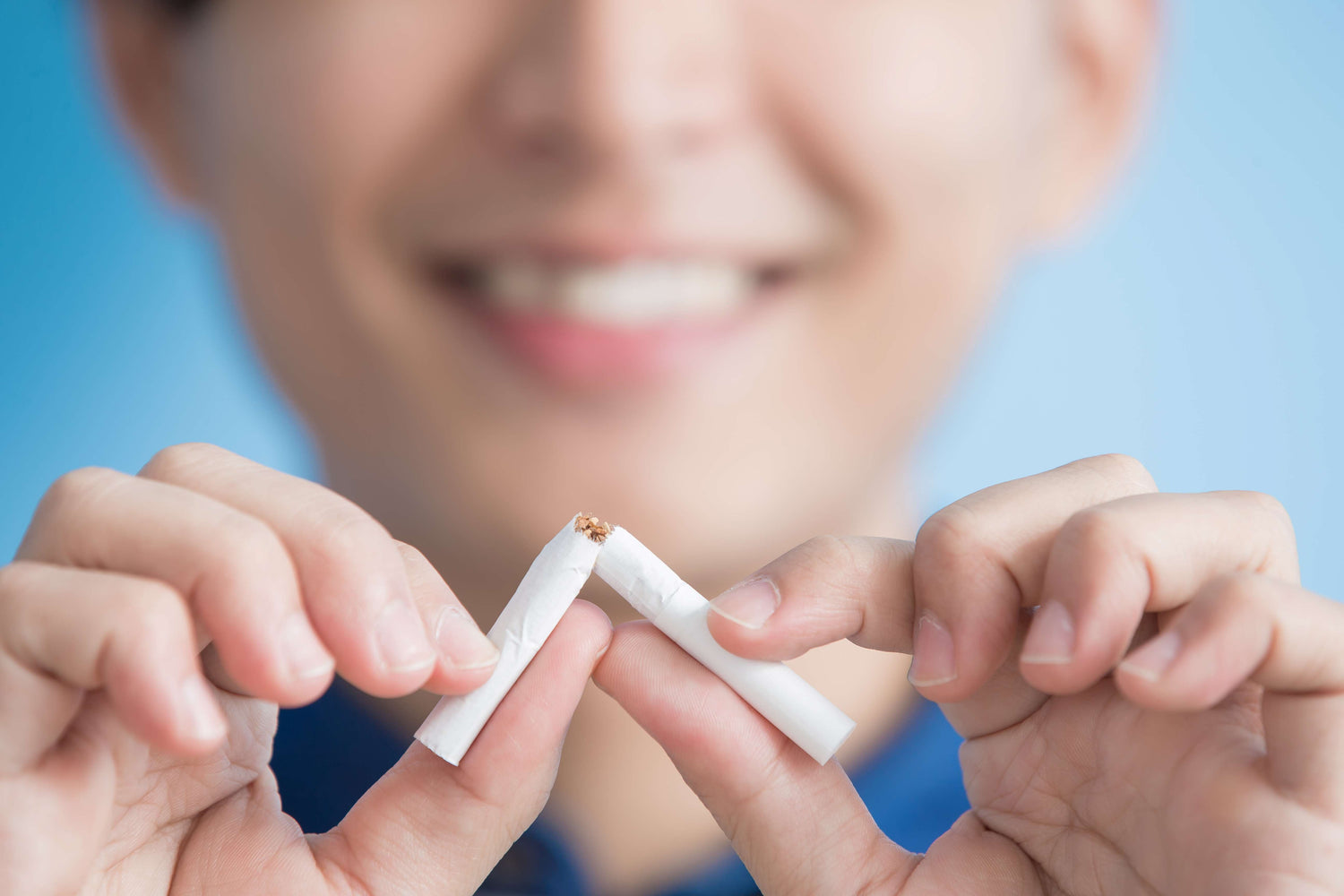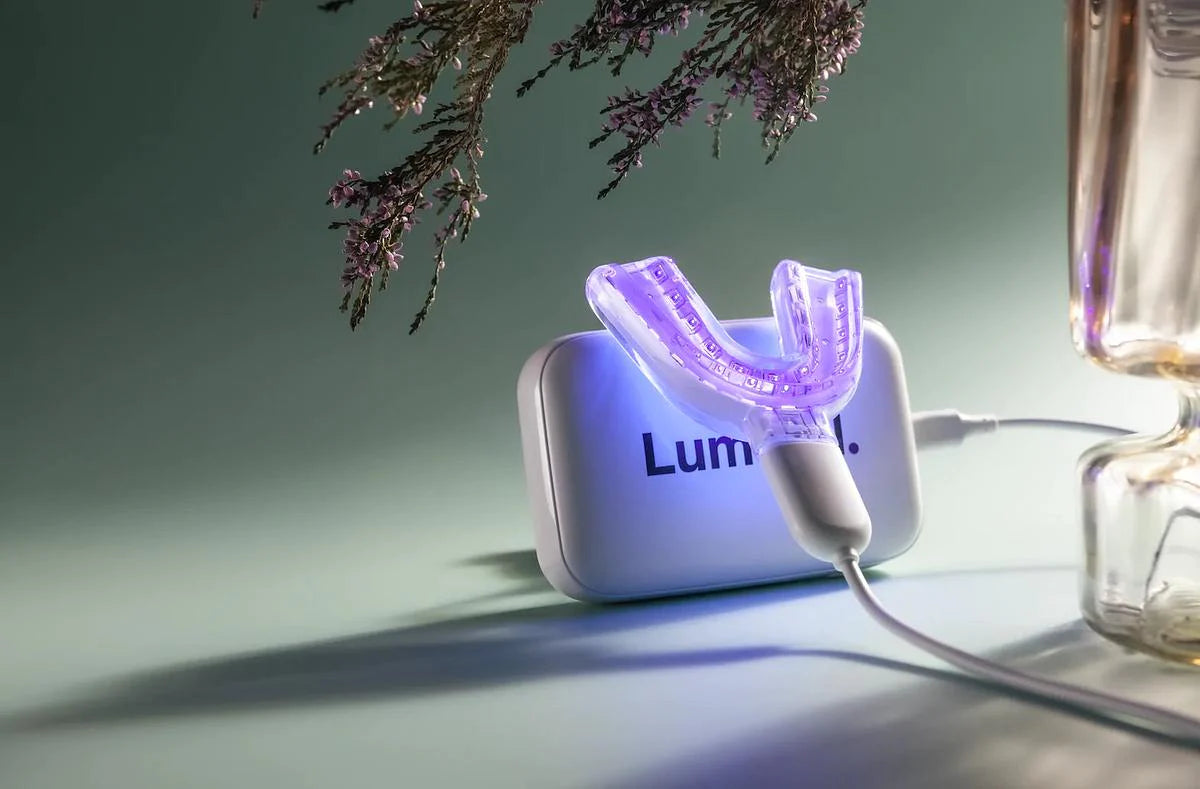Smoking is one of the biggest threats to public health, killing more than 8 million people yearly. Tobacco's nicotine is also a significant risk to oral health that makes it difficult to treat and detect serious gum diseases at their early stages.
All forms of tobacco are equally harmful to health, says Marja Juselius, an oral hygienist who has worked with young patients in Finland for many years. The No Tobacco Day, launched by the World Health Organisation (WHO) and celebrated annually on 31 May, is an important reminder of this.
- Nicotine addiction is a key reason people continue using nicotine products. This also puts oral health on constant alert and increases the risks of gingivitis, mucosal changes, and decay.
Juselius points out that smoking and snus use, especially among young people, is linked to peer pressure: many people start smoking and using snus "because their friends do it also ."On the other hand, the motivation to quit can also come from friends who want to quit smoking.
It is widely known that nicotine products worsen oral and general diseases, but smokers rarely look into their mouths and notice the changes that occur there.
- Changes in the mouth happen gradually and do not necessarily "feel" like anything. That's why it's so important to have regular dental check-ups, Juselius encourages especially smokers.
Nicotine weakens the body's defenses
Tobacco, cigars, pipes, e-tobacco, and snuff weaken the body's defenses. This means that wounds - for example, after tooth extractions, tartar removal, and gum surgery – heal more slowly. Snuff also causes creases on the mucous membranes where oral bacteria easily accumulate, causing severe infections. All tobacco products increase the risk of oral cancer and reduce the effectiveness of cancer treatments.
Nicotine can also cause fungal infections and other changes in the oral mucosa, which can be precursors to oral cancer in the worst cases, says Juselius.
Alcohol use increases the risk of mouth cancer even further. The combined effects of tobacco and alcohol account for around three-quarters of oral cancer cases. Heavy drinkers and smokers are 38 times more likely to develop the disease, studies have shown.
If nicotine products are used, and oral hygiene is not maintained, this can lead to the onset of periodontitis, even tooth loss. According to Juselius, this is why many smokers are missing teeth.
Gradually progressive periodontitis
The primary symptom of gingivitis is bleeding of the gums, but in smokers, this symptom can easily go unnoticed. The nicotine in tobacco impairs the blood supply to the gums, so gingivitis is not detected in time. This allows the gum disease to progress into periodontitis. Gum changes caused by periodontitis are permanent. Careful oral hygiene combined with professional treatment can help prevent the progression of the disease, but there is no real cure for it.
Juselius notes that gum disease can cause the gums to recede, exposing the neck of the tooth, which can become stained and easily decayed. If a smoker goes through dental implant surgery, the healing process is also slowed by nicotine-induced gingivitis, and the risk of complications increases.
All forms of tobacco are equally harmful, and there is no safe level of exposure to tobacco. Cigarette smoking is the most common form of tobacco use worldwide.
- Using snus instead of smoking is not an alternative to quitting. Snus contains up to 20 times more nicotine, which is immediately absorbed through the mucous membranes into the bloodstream.
Nicotine users often say that nicotine products are stimulating, but the feeling is that they relieve withdrawal symptoms. Athletes often use snus instead of smoking.
- Studies have found, however, that snus users have about 20% lower sporting performance than those who do not use snus. This is due to the circulatory system's inability to transport oxygen to the muscles, which reduces the oxygen supply and impairs sports performance, says Juselius.
Marja Juselius admits that it can be challenging to quit using tobacco products.
- However, you should not be discouraged by failures. It is essential to always try again. A variety of nicotine replacement therapies on the market may be suitable for you. It is important to read the instructions carefully to use the products correctly.
- Health professionals will also help you to quit, if necessary, and will also encourage you to find ways to stop using nicotine products. Regular dental check-ups are essential so that even the slightest changes in the gums and teeth can be detected and addressed early.
Why quit smoking? Tips from an expert:
Tobacco products stain the surfaces of teeth, fillings, and dentures. The stains lead to discoloration of the enamel and cannot be removed by regular cleaning. Even if the stains can be cleaned, they will easily re-stain if the use of nicotine products continues.
The sense of taste in the mouth may be impaired but will recover after quitting tobacco products. Many people consume lozenges or breath mints to freshen their breath, but these products often contain sugars that can cause tooth decay.
Cigars and pipes are smoked for a long time, which means that toxic chemicals are inhaled for an extended period, and the effects of these substances last long in the mouth. Cigars also contain more nicotine, tar, and carbon monoxide than cigarettes. Pipe tobacco contains more nicotine than other forms of tobacco. Passive smoking also causes serious health problems like respiratory infections and asthma.
E-cigarettes contain nicotine, propylene oxide, and other chemicals that are cancer-causing carcinogens, among other things, and therefore should not be used for quitting tobacco.
The use of e-cigarettes contributes to and maintains nicotine dependence. E-tobacco also reduces saliva secretion, accumulating large amounts of bacterial plaque on teeth surfaces, causing gingivitis, tartar, and tooth decay.

Oral hygienist Marja Juselius.
References:
Jiang X, Wu J, Wang J, Huang R. Tobacco and oral squamous cell carcinoma: A review of carcinogenic pathways. Tob Induc Dis. 2019 Apr 12;17:29. doi: 10.18332/tid/105844. PMID: 31582940; PMCID: PMC6752112.
Mu, G., Wang, J., Liu, Z. et al. Association between smokeless tobacco use and oral cavity cancer risk in women compared with men: a systematic review and meta-analysis. BMC Cancer 21, 960 (2021). https://doi.org/10.1186/s12885-021-08691-x



Leave a comment
This site is protected by hCaptcha and the hCaptcha Privacy Policy and Terms of Service apply.